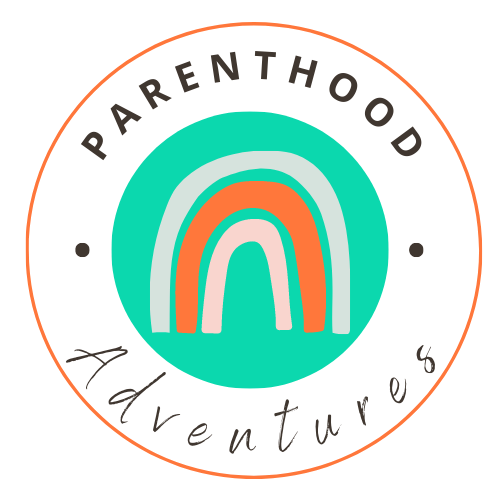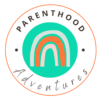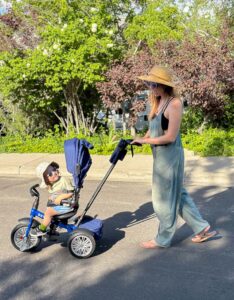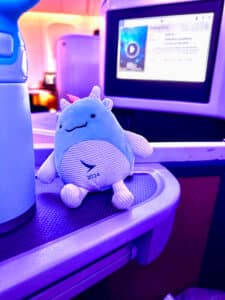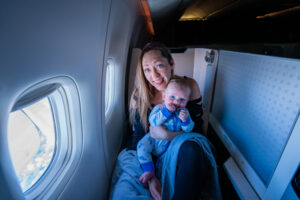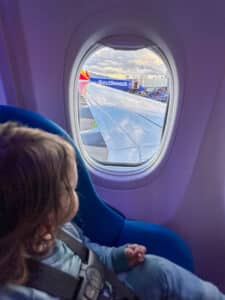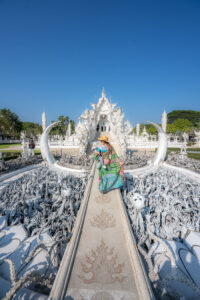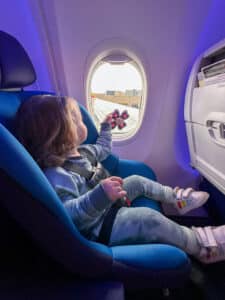Can You Take a Baby on Safari? Everything To Know!
Can you take a baby on safari? Since my partner and I met in Namibia, and I’ve been guiding there for years as a women’s adventure and photography guide, it was been a dream of mine to take our son back to the place we met. My dream came true when we took him to Cape Town, South Africa, and on safari to Namibia’s Etosha National Park.
Can a baby go on a safari anywhere? Not exactly, but that doesn’t mean it’s impossible! I’ve spent 7 months of my life traveling all through Southern and East Africa, and over that time, I’ve learned a lot about the region. Here’s everything to consider before taking your baby or toddler on safari.
Can Little Kids Go on Any Safari?
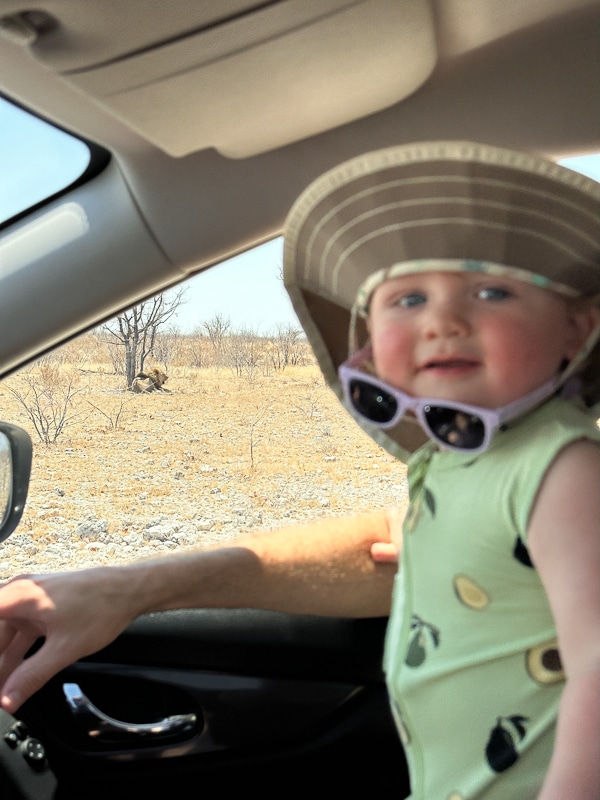
Most safaris are in shared open-air vehicles, and babies and small children typically aren’t allowed for a few reasons: babies cry, which could alert animals to a potential meal, babies also have individualized needs, including diaper changes and feedings, that would require you to be on your own schedule.
The solution is to have a private vehicle. You can easily self drive in two of Africa’s most popular safari destinations – Etosha National Park in Namibia and Kruger National Park in South Africa. You can also visit private game reserves and book private game drives.
We chose to self drive in Etosha, but I’ve spent 6 months in Africa and have guided tours in Namibia, and I think for those with no Africa experience, a guided experience is probably the way to go.
How to Choose a Safari Destination
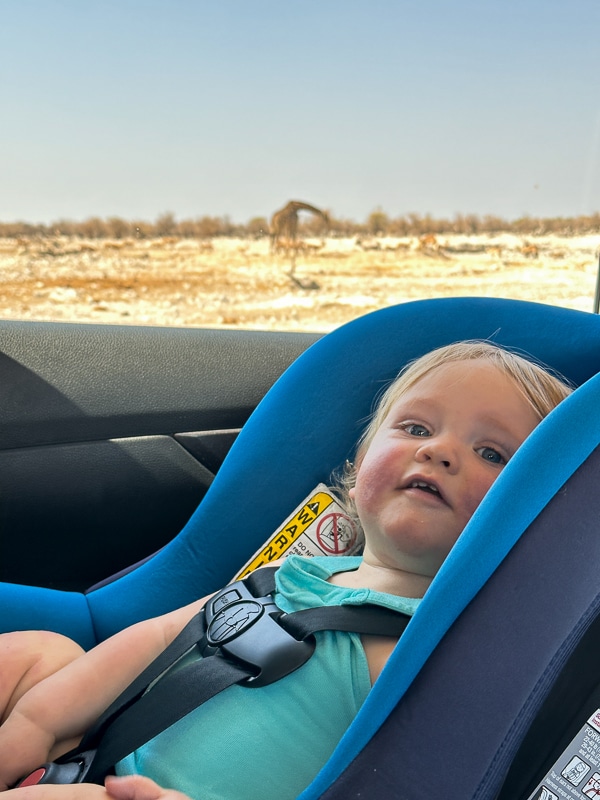
Africa is huge, so where should you go? The key things I’d consider are:
- Infrastructure – how close are hospital facilities if needed? This is important for any trip.
- Malaria prevalence.
- How much you wish to do independently/budget.
For our trip in Namibia, infrastructure was somewhat lacking as it’s a desert country that is mostly wilderness with a small population. The roads are often bad as well. Since I guide there and have been down those roads many times, I felt confident self-driving, but if it’s your first time in Africa, I’d recommend going with a company that provides a driver, or doing an air safari to avoid the roads completely.
Here are some tours that would help make logistics easier:
- A luxury train journey through South Africa and finishing in Namibia, hitting all of the highlights.
- A flying safari that hits the highlights of Namibia while avoiding the bad roads and cutting out travel time. This is a dream trip!
- South Africa’s Kruger and the Western Cape (Cape Town and winelands)
These are just a few of many potential options. I’m a travel advisor and am happy to help you find the right option for you!
I’d also seriously consider malaria prevalence. Looking at a map can give you somewhat of an idea, but talking to a travel doctor is important, too. South Africa and Namibia have a lower transmission than, say Mozambique, Botswana, or Zambia. Anti-malarial prophylactics are always an option, but they can have side effects.
Also, how much are you happy to do independently? It’s easy enough to self-drive in South Africa, and though it gets a bit more remote and challenging in Namibia and Botswana, it’s still doable. Once you get to East Africa, the roads get bad, and it’s very uncommon if not impossible to self drive in the national parks. Personally, I will safe east Africa for when my son is older and can handle a more rugged journey.
Also consider what else you want to do in the country. I love South Africa and Namibia so much because there’s so much else to see and do in both places.
Consider Their Age
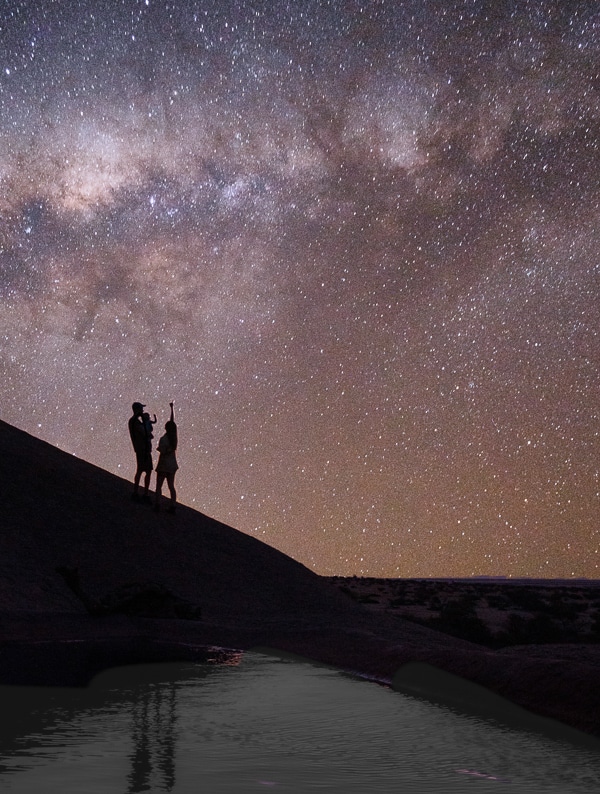
If you want to go to Africa with your infant, I’m not here to stop you, but if you specifically want to go so that your baby can enjoy the animals, I’d plan the trip for around a year old or later so that they can see and get excited about the animals.
Every baby develops on their own timeline, but it wasn’t until my son was about a year old that he cared about seeing ducks, dogs, and cats in our neighborhood. I knew that meant he’d probably get excited about the animals on safari – and he did!
It was so much fun seeing his squeals of delight when he saw a springbok, giraffe, elephant, or zebra. He had the easiest time identifying the giraffes since they’re so tall, and springbok since they are everywhere and were often closest to the car.
Why Private Vehicles are a Must
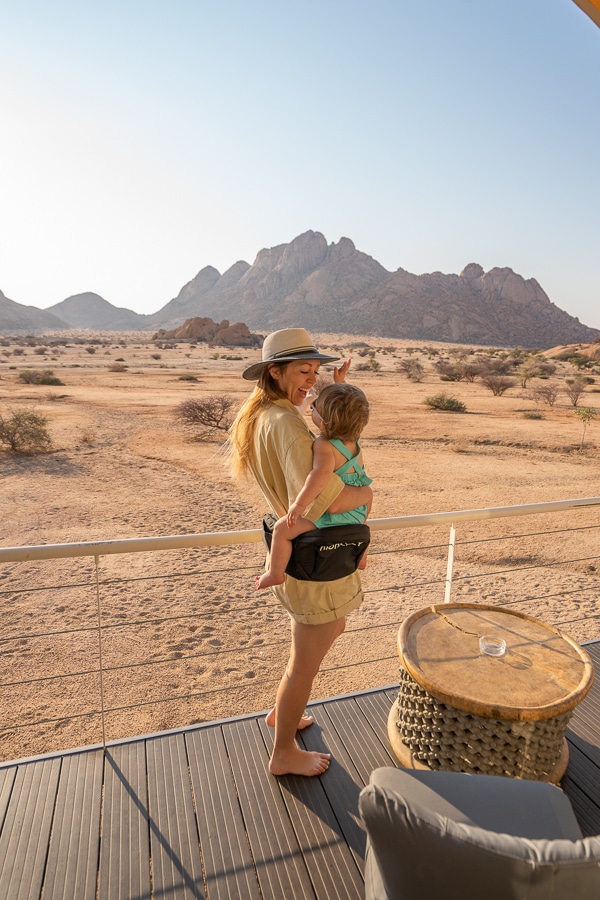
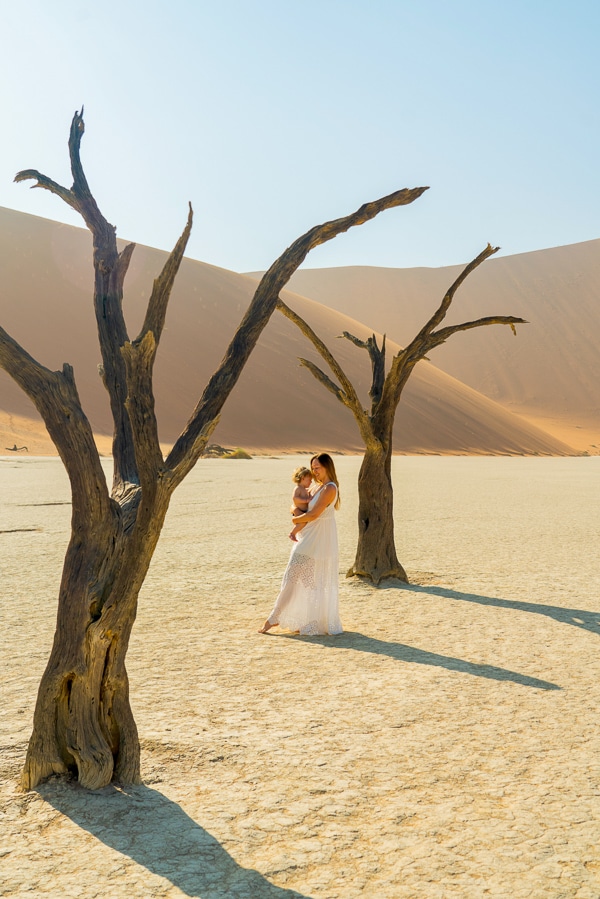
Having a private vehicle afforded us flexibility in Namibia. We could begin and end the safari whenever we wanted to. The same would be true in South Africa’s Kruger National Park, where most of the roads are paved. Seriously, I’ve self-driven Kruger in a Ford Fiesta. It’s also one of my favorite places in the world for safari. The wildlife is amazing there, with rhino, leopards, lions, elephants, and more! Even though safari guides are better at spotting animals, I’ve seen all of the big five on my own in Kruger, and most of them in Etosha.
A private vehicle will also make it easier to use a car seat. When we were moving, we liked to have him strapped in. When we were stationary, it was nice to be able to take him out and let him be on our laps for easier viewing.
In Etosha National Park where it was over 100 degrees, it was also crucial to have air conditioning, which open-air vehicles naturally don’t have.
Consider Private Game Reserves
While national parks like the Serengeti in Tanzania or Chobe in Botswana tend to only offer safari vehicles that don’t allow babies, private game reserves operate by their own rules.
We booked a morning safari drive in an open air vehicle on a private reserve in Namibia to see the meerkats and they didn’t mind that we brought the baby. We were the only ones who booked it that day, so it became a private trip, but I still think it might have bothered other people had they come along and had to deal with some of our son’s toddler antics. He had no chill and squealed with delight every time we saw an animal, which scared a few of them away – lol.
Final Thoughts
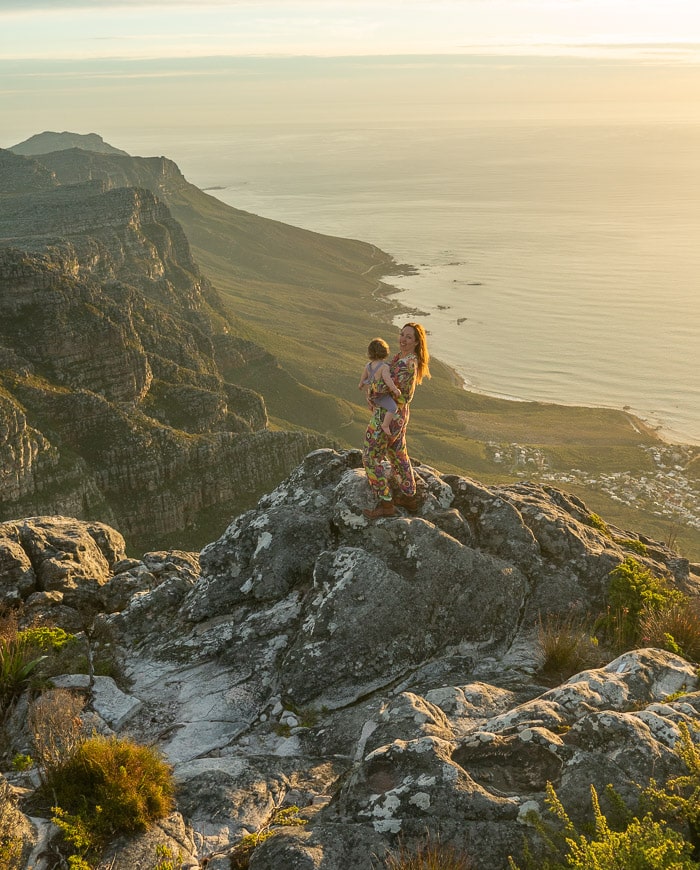
For me, South Africa really has the best of all worlds. It’s one of Africa’s more affordable destinations, which makes it easier to have a driver if you prefer, and it’s full of both private and public game parks. They have incredible animals and mostly paved roads. The only downside is the high crime rate. For that reason I recommend staying out of the big cities and never leaving anything visible in your car. Even if it’s not of value to you, it might be to someone else.
There are also plenty of safari opportunities other than in Africa. I’ve been on several in Sri Lanka, where hiring a private car and driver is common and affordable, and seen Asian elephants and leopards!
Safari in Africa is going to be one of the more adventurous trips you take with your baby, should you choose to do it, but that doesn’t mean it can’t be done. I will always cherish the memories from our trip to Namibia with my little guy when he was one.
